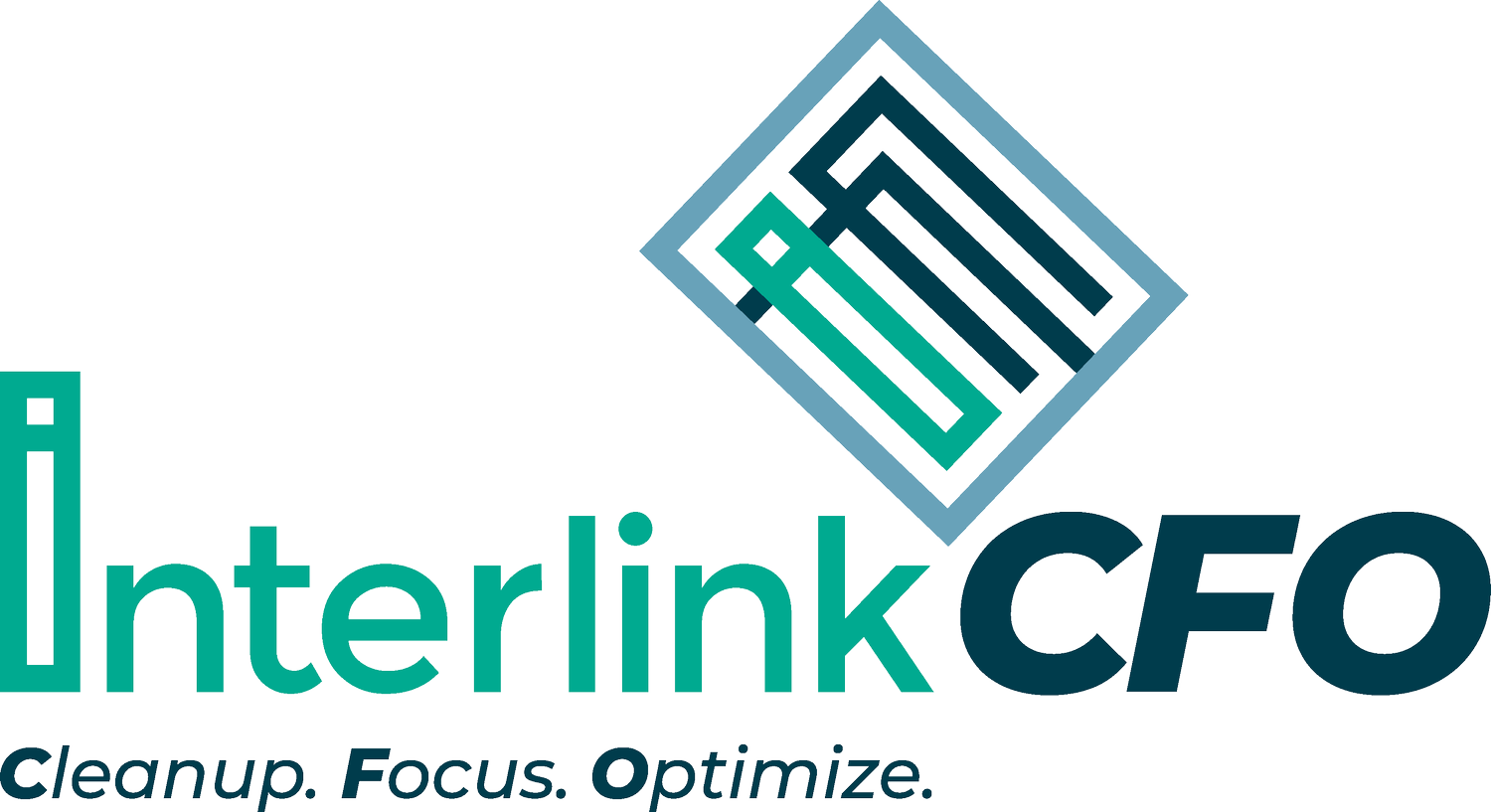Building a Resilient Financial Framework
In an ever-changing business landscape, resilience is the cornerstone of success. A strong financial framework not only mitigates risks but also empowers businesses to adapt and thrive. By incorporating strategic restructuring, proactive risk management, and financial transformation, companies can build a foundation that can withstand economic shifts and market volatility.
Restructuring for Long-Term Stability
Organizational change presents an opportunity to realign financial strategies with business goals, ensuring long-term sustainability. Businesses facing undesirable profits, supply chain disruptions, or industry changes must evaluate their structure to stay competitive. Start by identifying operational inefficiencies—are there redundant processes, outdated systems, or high-cost areas that can be optimized?
Expense Consolidation: Assess fixed and variable costs to determine where efficiencies can be gained. Negotiating vendor contracts, consolidating expenses, and eliminating non-essential spending can free up capital for strategic investments.
Streamlining Workflows: Implementing process improvements, automation, and cross-functional collaboration reduces bottlenecks and enhances productivity. Use time studies or workload analysis to evaluate how efficiently tasks are being completed and review staffing requirements.
Building Agility: A leaner, more flexible structure enables businesses to pivot quickly when market conditions shift, ensuring financial stability during downturns.
By taking a proactive approach to restructuring, companies can create a financial framework that not only reduces waste but also strengthens the ability to seize new growth opportunities.
Risk Management and Forecasting
Uncertainty is inevitable, but preparation can turn challenges into manageable risks. Effective risk management begins with a clear understanding of potential financial vulnerabilities and the development of contingency plans.
Scenario Planning: Map out best-case, worst-case, and moderate financial scenarios to gauge business impact under different economic conditions.
Forecasting and Inflation Adjustments: Leverage real-time financial data and predictive analytics to anticipate market shifts, rising costs, and potential revenue fluctuations.
Liquidity and Cash Flow Management: A resilient business maintains strong cash reserves to navigate downturns. Regularly reviewing cash flow projections ensures the company can cover operational expenses even during periods of reduced revenue.
Proactively identifying and preparing for risks enables leaders to make informed decisions, reducing financial stress and improving the company’s ability to adapt in unpredictable markets.
Strategic Transformation for Efficiency
Financial resilience isn’t just about cutting costs - it’s about optimizing resources and investing in long-term value. Businesses that embrace financial transformation can operate more efficiently and scale effectively.
Leveraging Technology: Implementing financial software, automation tools, and AI-driven insights improves reporting accuracy and decision-making. Cloud-based accounting systems and real-time dashboards provide a clearer picture of financial health.
Resource Allocation: Directing funds toward high-impact areas, such as workforce development, supply chain enhancements, or digital infrastructure, positions businesses for sustainable growth.
Data-Driven Decision Making: Levering key performance indicators (KPIs) and financial metrics provides actionable insight, helping businesses track progress, identify inefficiencies, and adjust strategies proactively.
By embracing transformation, businesses can shift their focus from short-term fixes to long-term strategic gains, ensuring financial resilience in any market condition.
Build a Stronger Financial Future
A resilient financial framework isn’t built overnight, but with thoughtful restructuring, proactive risk management, and strategic transformation, your business can navigate uncertainty with confidence.
